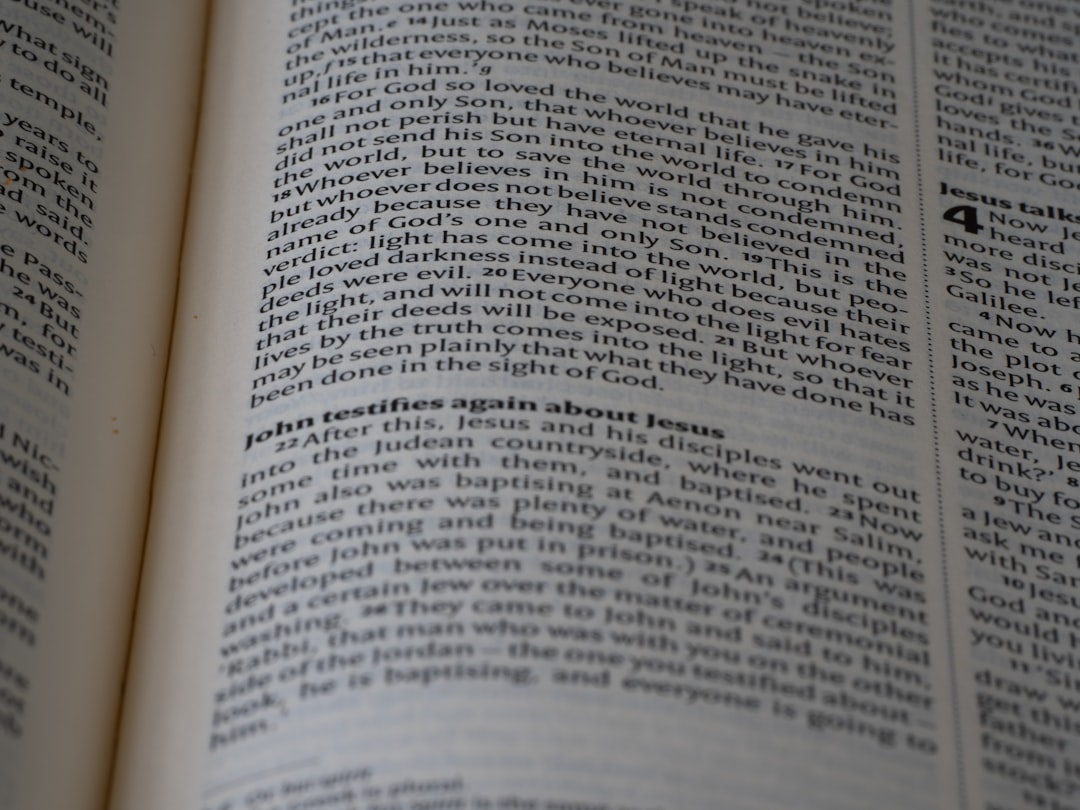Historical Influences on Europe's Linguistic Landscape

The rich tapestry of languages found across Europe today is a fascinating reflection of the continent's complex history. Each language tells a story—of migrations, invasions, trade, and cultural exchange. The evolution of these languages is a subject that bridges historical linguistics and European history, revealing how external influences have shaped—and continue to shape—the linguistic landscape. Here, I will delve into the historical influences that have affected the development of languages in Europe.
The Impact of the Roman Empire on Language
Latin as a Lingua Franca
The expansion of the Roman Empire from the 1st century BC until its decline significantly influenced many languages spoken in Europe today. Latin emerged as the underlying lingua franca of the empire, facilitating communication across its vast territories. With the establishment of Roman rule, many regions adopted Latin words and phrases, which were often melded with local dialects.
Formation of Romance Languages
As the empire waned and eventually fell in the 5th century AD, Latin evolved into what we now recognize as the Romance languages: Spanish, French, Italian, Portuguese, and Romanian. Each language retained elements of Latin but was also influenced by indigenous tongues and other cultures invading or settling in those regions. For example, the lexical influence of Basque on Spanish or Celtic influences on French showcases this dynamic movement and resilience of language.
The Role of Germanic Tribes
Migration and Language Shift
In addition to Latin's dominance through Roman influence, Germanic tribes such as the Goths, Vandals, and Franks played a pivotal role in language evolution in Northern Europe. As they swept through and settled in various regions—often displacing existing populations—they introduced their own languages, which interacted with local dialects. Consequently, present-day languages like English and Dutch owe much to these early influences.
The Birth of English
Take English as an example. With significant contributions from Old Norse due to Viking conquests and Norman French following the 1066 invasion, English has become a remarkable amalgamation of influences. Early Old English was primarily Germanic but transformed dramatically over centuries into Middle English and eventually Modern English.
Influence of Trade and Migration
The Mediterranean Trade Routes
European trade routes significantly impacted linguistic diversity. The Mediterranean Sea functioned as a vital artery for trade where merchants exchanged goods and ideas. Languages such as Arabic entered Southern European vernaculars due to interactions during the Middle Ages—particularly during periods of Islamic rule in Spain.
Vocabulary Enrichment
Through trade, many merchant terms became embedded into several European languages. For instance, culinary terms like "saffron" remain popular in European lexicons thanks to their origins in Arabic as "zaʕfarān". This example illustrates how everyday language can evolve through commerce and connectivity.
The Standardization Movement
Printing Press Revolution
The invention of the printing press in the 15th century served as a catalyst for language standardization across Europe. Before this period, languages were largely oral and varied significantly from one region to another. By printing grammars and dictionaries, prominent authors like Martin Luther in Germany started formalizing their writing styles.
National Identity Formation
Countries began to forge unique identities through standardization efforts in their respective languages. The emergence of highly recognizable national languages diminished local dialects’ prominence but strengthened national unity among speakers.
Modern Influences on Europe’s Linguistic Landscape
Globalization and Digital Communication
Today’s world presents new linguistic challenges through globalization. The dominance of English as a global lingua franca has polarized European languages between preservation and assimilation. English vocabulary infiltrates daily conversations across various regions; terms like "internet" or "email" are now ubiquitous.
Language Policy and Preservation
Various European nations are grappling with how to balance modern communication while preserving linguistic heritage. Policies promoting regional languages such as Welsh or Catalan demonstrate attempts to maintain cultural identity even amidst globalization pressures.
Key Takeaways on Europe’s Linguistic Evolution
- Historical Migration: Continuous movements of people reshaped language dynamics throughout centuries.
- Cultural Exchange: Trade routes acted as catalysts for vocabulary enrichment across different languages.
- Standardization: The printing press played a crucial role in establishing national identities through standardized language forms.
- Modern Challenges: Globalization impacts local dialects while raising questions about cultural preservation.
Adopting a historical lens allows us to appreciate how deeply intertwined history and language are—a dynamic interplay that has seen dramatic shifts over time yet continues engaging our societies today. The next time you converse in your native tongue or learn a new word borrowed from another language, remember that these expressions carry stories rooted in centuries past and shape our world for generations to come. Pour ceux qui souhaitent explorer davantage les ressources linguistiques disponibles en ligne, dictionaronline.eu constitue un excellent point de départ pour découvrir de nouvelles dimensions et nuances des diverses langues européennes.




